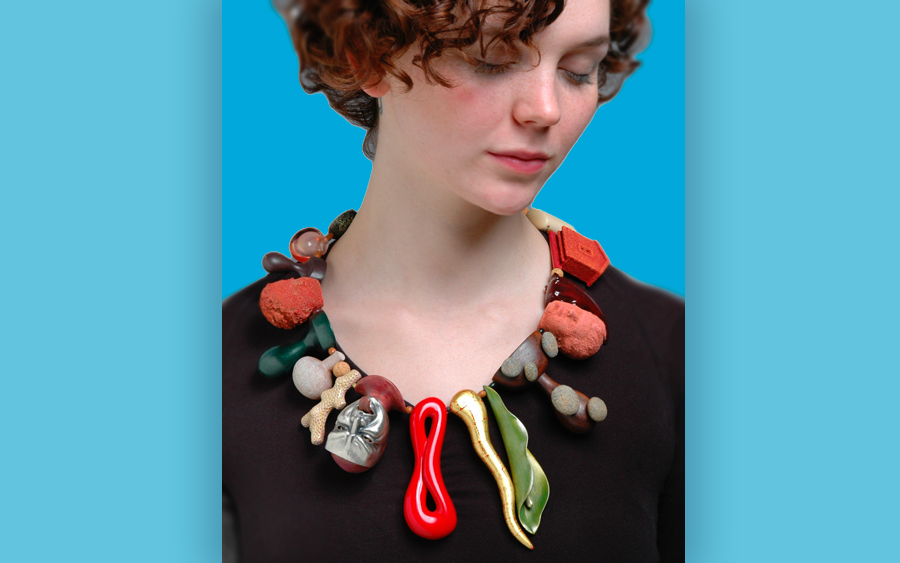East Hampton to Install Small Cell Towers to Address Wireless Dead Zones

Some East Hampton residents say that cell service is so poor in certain areas of the town that people have been putting antennas on their cars to be able to use their mobile devices.
A physician who lives and works in the town said that wireless service in the Springs and Northwest Woods areas in particular, “is a public safety issue that must be fixed immediately.”
“We can’t call 911 in most areas of Springs and Northwest Woods currently,” the physician wrote to the town board.
As a result, the town is planning to deploy has 200 “small cell” towers across the town. Over 150 are eventually to be slated for Northwest Woods and Springs, town officials said.
The large majority – about 129 – might be in service by the end of this year.
Town planning director Tina Vavisil LaGarenne told Dan’s Papers that contractors are preparing to file paper work to begin the job.
“They are moving forward,” she said.
To begin with, the poles will carry on T-Mobile technology. But town councilman Tom Flight told Dan’s Papers in an interview that other cell providers could eventually use them.
“The question we had was how do we address these gaps” in cell service, Flight said. “The carrier pushing (the tower deployment) was T-Mobile. So kudos to them. But others could eventually join them,” Flight said.
Each of the towers are to be 42 feet tall. These types of small towers need only obtain administrative permits, so there will be no public comments.
Except for those writing to the town.
A business owner in Springs wrote that he works from home. “I can’t get a signal to save myself anywhere in my neighborhood,” he wrote. “I moved out from Brooklyn to East Hampton to enjoy my home … The lack of cell phone service will make running a business totally impossible.”
The town is hoping the new towers will help. Last year, the town board made public a wireless telecommunications plan. The plan identified “dead zones” and called for developing a tiered structure for additional facilities.
The first tier is for new or replacement poles in the town’s right-of-way. This type of equipment generally does not prompt strong opposition.
The second tier is for the location of technology equipment on existing buildings and structures.
These, LaGarenne, recently told the town board, “receive a technical review from the town’s wireless consultant and a design and esthetic review from the town planning staff” before a permit could be issued.
Meg Glander, a spokeswoman for Crown Castle, a communications infrastructure provider that in the past put up small cell towerds in the Napeague area, told Dan’s Papers that, “Poor service coverage is both an economic liability and a public safety risk, which puts residents, visitors and businesses at a distinct disadvantage.”
She said that Crown Castle will be working with the town “to implement is plan through a measured and phased approach that is sensitive to the local character and meets the community’s needs.”
Town Councilman Ian Calder-Piedmonte said at a recent board meeting that he is “a big supporter of better cell coverage.”
One of the most frequent complaints he hears, he said, regards poor cell coverage.
The current plan, Calder-Piedmont said, “might be a happy medium where we’re able to address coverage issues a little bit more” easily.









